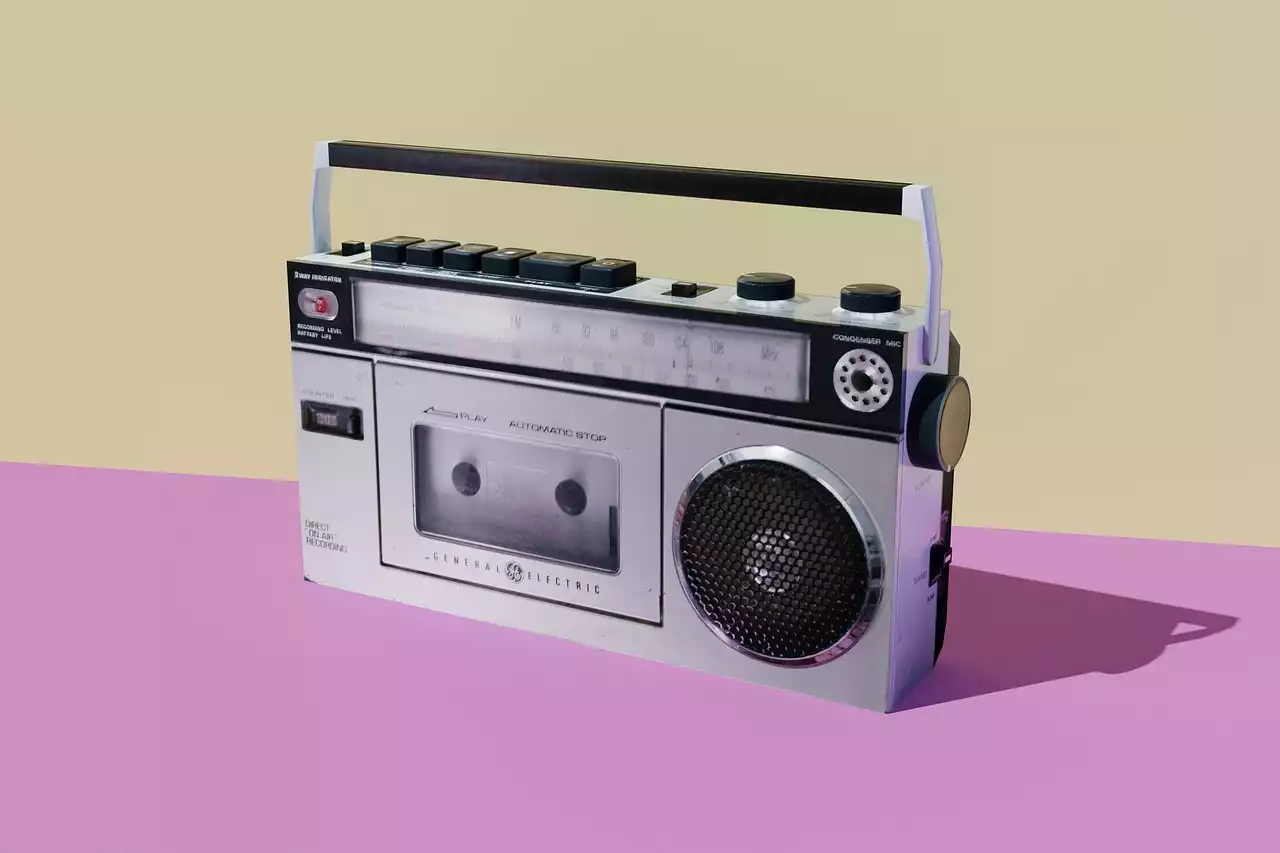From Nirvana’s Nevermind to Radiohead’s OK Computer, the 1990s were the decade of alternative rock. Following in the wake of the Smiths, The Pixies and other bands that kicked against mainstream culture in the 1980s, a new generation of artists offered up something different again. They sounded different because they used guitars and drums rather than synthesizers and samplers; they sang about different things because they didn’t want to be like anyone else; and most importantly of all, their songs were better. In many ways, this was a time when everything seemed to be coming together for rock music as a whole. New genres emerged from old ones while exciting new sounds emerged from experimenting musicians with different influences. The ‘90s was also a time when vinyl records came back into fashion once again: buying an album felt like something special once again. Read on for more facts about why Alternative Rock Music got better in the 90s.
Nirvana And The Birth Of Grunge
Despite its popularity, grunge was almost a one-band genre. There were a few other acts that sounded similar to Nirvana, but the band’s huge commercial success meant that rock music’s alternative side almost became defined by them. Grunge’s simple sound meant that it was quick and easy to learn and could be replicated even by groups that had little experience playing instruments. Some of the most successful grunge bands contained members who would self-taught themselves how to play guitar and drums while others had been playing together since they were kids. This meant that the genre was far more accessible to new bands than the more complex sounds that came before it. Grunge’s simplicity also gave it staying power, with many alternative rock fans still listening to bands that rose to fame in the ‘90s as well as those who are currently releasing new material. Nirvana’s latest album, for example, was released in 2017, 27 years after Cobain’s death.
Radiohead, Oasis and Britpop
If grunge was a one-band genre, then Britpop was no more than a two-band genre. Blur and Oasis were the biggest acts to come out of that scene, with the former releasing ground-breaking albums like Parklife and the latter being more concerned with being pop stars. While Oasis’ first few albums are more than worthy additions to the alternative rock genre, their later work was more mainstream pop music that had little to do with what came before it. Britpop’s two biggest acts were bands that had been around for a long time. Blur had been playing together since the early ‘80s, releasing a string of increasingly successful singles and albums before heading for the mainstream with Parklife in 1994. Radiohead also had a long history behind them before they became famous. Formed in 1985, the band had released four albums before Pablo Honey in 1993 made them famous.
The Flaming Lips, Mercury Rev and Shoegaze
While grunge and Britpop were the two biggest subgenres of alternative rock in the ‘90s, the decade also gave birth to three other music genres that have since become important in their own right. The most important of these is shoegaze, where bands deliberately blurred their vocals and instruments to create a wall of sound that was almost impossible to ignore. The Flaming Lips, Ride and Slowdive are just a few of the most notable bands to come out of that movement. Shoegaze was followed by the psychedelic sound pioneered by Mercury Rev and The Flaming Lips, which is a bit like Britpop but with more focus on the music itself. And then there was electronica, which brought techno, house and other dance music together with rock music.
Smashing Pumpkins and Alternative Rock’s Dark Side
The ‘90s were a decade full of contrasts, and the alternative rock genre was no exception: it had a dark side that was largely absent from the ‘80s. Alternative rock bands explored the themes of isolation and despair in a way that hadn’t been seen since The Cure in Britain and The Jesus and Mary Chain in Scotland. This was most obvious in the Pumpkins’ songs, but it was also present in the music of bands like Radiohead, who sometimes seemed like they were singing about a dystopian society that had almost nothing in common with the real world. Smashing Pumpkins’ music drew heavily on the work of author William S. Burroughs, who wrote about a dystopian world similar to the one that rock music was portraying in the ‘90s. While their songs were written from the perspective of someone who was either addicted or suffering from mental illness, the Pumpkins’ dark outlook led to something new in the world of rock music.
Conclusion
The 1990s were a decade when everything seemed to be going right for rock music as a whole, with new styles and genres emerging from old ones. Alternative rock music got better in the ‘90s thanks to bands like Radiohead, Oasis, The Flaming Lips and Slowdive, who offered something different from their ‘80s predecessors. Grunge, which was almost a one-band genre in the ‘90s, gave way to shoegaze, psychedelic rock, electronica, and the kind of dystopian nightmares that only Billy Corgan could dream up.


 Owning a Mickey Mouse Platy
Owning a Mickey Mouse Platy
 The Flapper Style for 1920s Women
The Flapper Style for 1920s Women
 Using Reiki as a Holistic Beauty Therapy
Using Reiki as a Holistic Beauty Therapy The 100 Best Singles of the 1990s
The 100 Best Singles of the 1990s Nostalgia Reboot: A Journey through the Time Capsule of 90s Music
Nostalgia Reboot: A Journey through the Time Capsule of 90s Music Different Styles of Contemporary Music in the 90s
Different Styles of Contemporary Music in the 90s 90s Hip Hop Music in America
90s Hip Hop Music in America